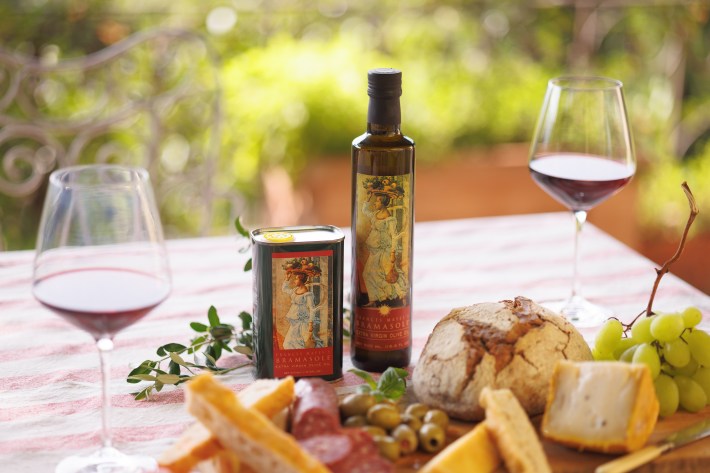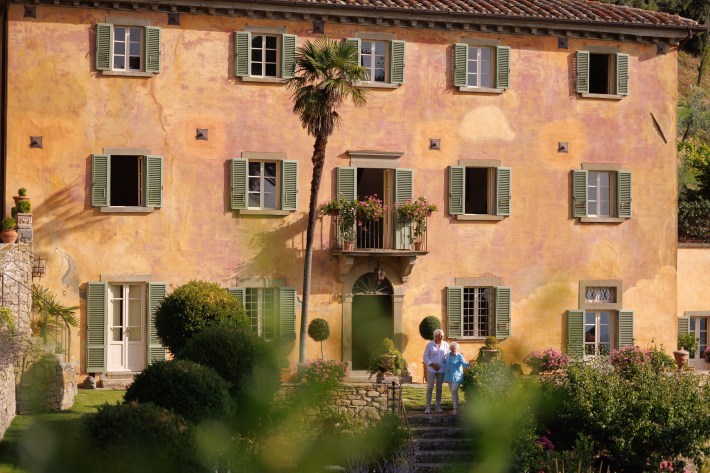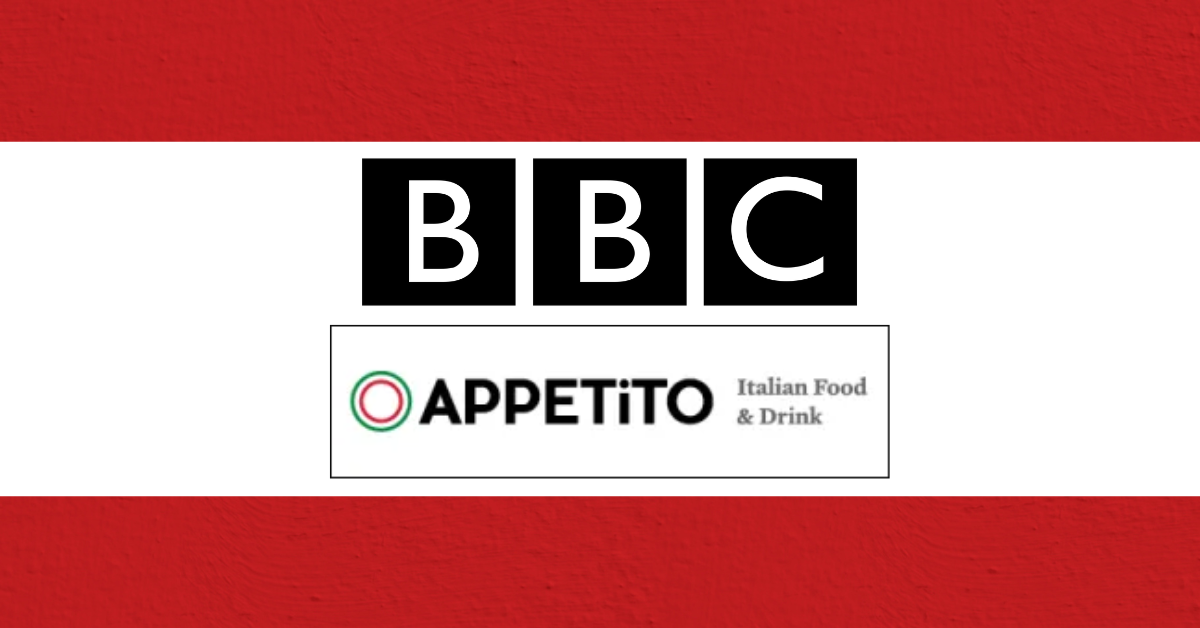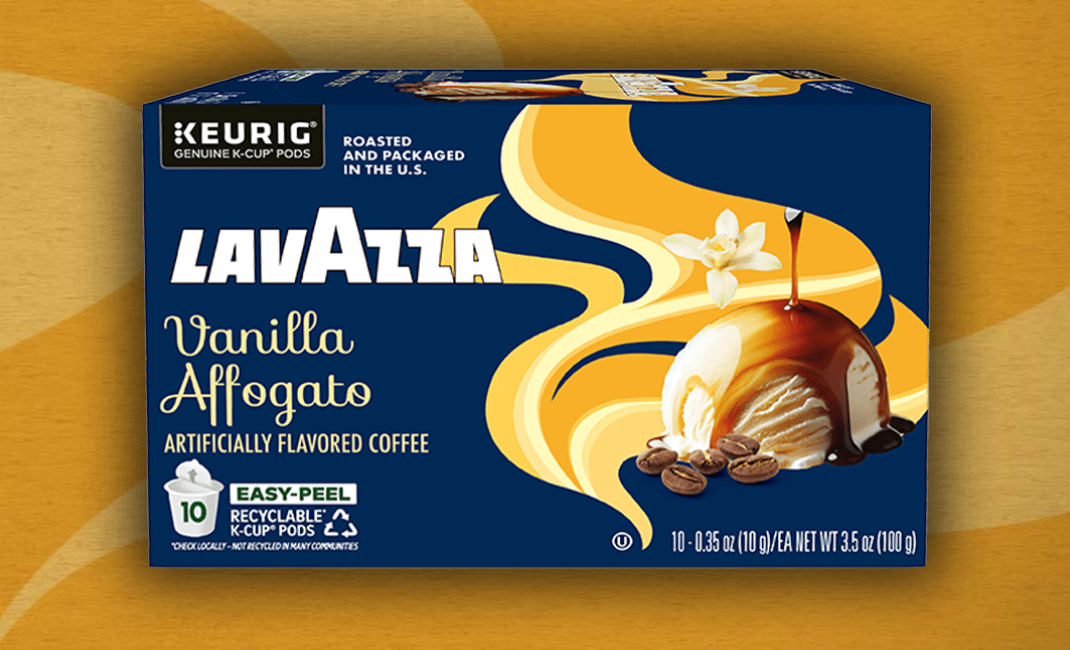The best time of year in Tuscany? The October weeks of the olive oil harvest. At any time, small Tuscan towns have a sense of community but during this season, the festivities triple, jovial arguments ensue over whose oil is best, the tastings seem endless at neighbors’ houses, and at home, there’s just the plain joy of welcoming this year’s olio nuovo into your kitchen. Almost everyone has enough trees to provide for the family, or at least an uncle or cousin with an oliveto.
Anyone out picking has to feel a connection with the ancient agricultural ritual of this season: You’re doing what’s been done on this land for thousands of years. It’s a sustaining emotion, and I think that’s what creates the camaraderie among the pickers. It’s hard work but everyone’s up—joking, spreading the golden nets, disappearing into the foliage as the ladder leans into the branches. Midmorning calls for a merenda (snack) and at pranzo substantial lunches are followed by a little nip of grappa, a short nap under the trees, then onward.
At the end of the day, the olives are rushed to the mill. You can’t let them sit or mold may start to develop. What a satisfaction! You come home immediately with the freshest olive oil on the planet. The mill owner may admonish you if you’ve brought a plastic container for your first sample. “Get that into metal or glass as soon as you’re home.” Often at the mills, fresh cubes of bread are offered so you get your first taste immediately. This is a moment we wait for all year.

Out behind the mill, the sansa is dumped. This residue is what’s left after the first pressing. Extra Virgin Olive Oil is only the first pressing. Mountains of sansa are carted off to another facility where it’s pressed again from the dregs, using chemical extractors. That’s what’s called Olive Oil or Pure Olive Oil. No! You don’t need to go for that.
Over and over, I see recommendations from people who should know better to use fresh oil sparingly, not to cook with it, but to sprinkle a bit on salads. Tell it to the Italians! The emerald green, pungent elixir is divine from the first drop. We use it, of course, on all kinds of crostini and bruschetta but right out of the bottle for sautés, pastas, and vegetables. A grilled steak brushed with new oil and rosemary is food for the gods. My favorite—a grilled taleggio and prosciutto sandwich.
This new oil will be a transforming agent all year. Someone recently asked me, “How long do you age your oil?” What! The freshest is the most powerfully potent. Store it in a cool dark place and it will last up to eighteen months, although its taste and health properties decrease over time. Italian longevity, I’m sure, comes from the lavish daily enjoyment of extra virgin olive oil. I’m often told that our oil is so good that’s it’s meted out by the tablespoon so it will last. It’s meant to be relished at its best.
We are thrilled that our Bramasole Olive Oil has won, over and over, a Gold Award at the New York International Olive Oil Competition. Our neighbors’ oil is probably just as good. What a benison to live in a land where top-quality olive oil is taken for granted as a part of daily life. And the beauty of the terraced hillsides planted with ancient trees adds a gentle serenity to the landscape.

Many scandals surround the mass production of olive oil. I saw last week a bottle at my local grocery store in North Carolina that proclaimed, “Global Blend,” as if that were a good thing. Oil from three or four countries plus 10% Italian Extra Virgin. Who knows what conglomeration was in that bottle. Looking for a good oil (and all the Mediterranean countries produce excellent oil), check for a place of origin on the label, a date of harvest, and an expiration date. Even that is no guarantee but it’s a necessity. If it just says, “Bottled in Italy,” or wherever, that’s a red flag. Cheap is also a red flag. With the maintenance of the grove, the harvest costs, the bottling, shipping, etc., there is just no way cheap oil is going to be great.
Finding your favorite is a worthy quest.
One reason Pasta Veloce came into being is that pasta and olive oil are wedded and inseparable from each other. Many Italians eat pasta every day, sometime twice, of their lives. Living in Tuscany for so many years, I continue to be overwhelmed by the endless combinations those two ingredients engender. Veloce—fast! What fun to create recipes that can be made in the time it takes the water to boil and the pasta to cook.
Frances Mayes’s most recent book is A Place in the World: Finding Meaning at Home. She and her husband, Edward, a poet and olive farmer, live half the year in Cortona, Italy.
More about the work of Frances Mayes can be found at her website.







